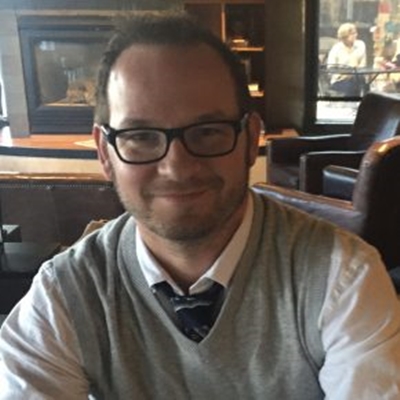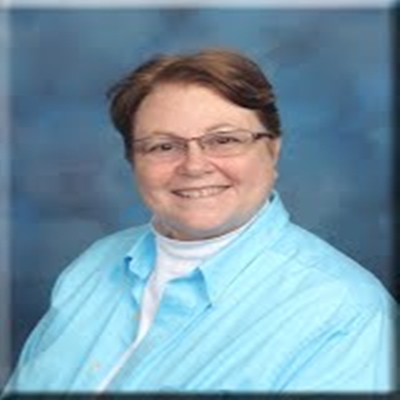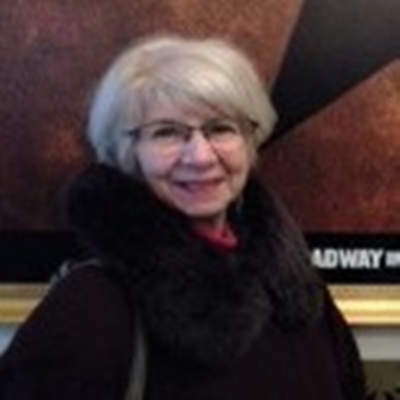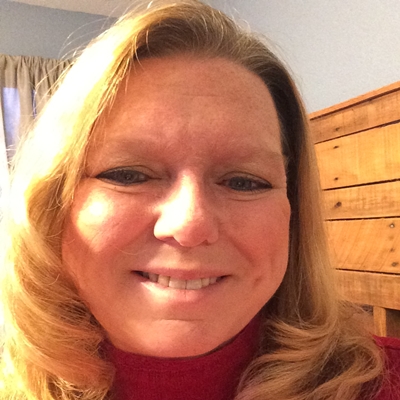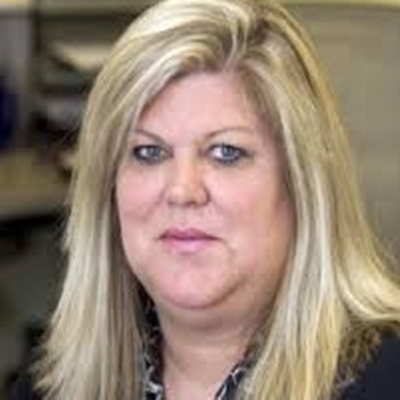Other Speakers-
Jeremiah Mowen, Salisbury Middle School, STEM History Teacher 6-7-8
Presentation Title: Planting the seeds of STEM in the garden and outdoors!
Abstract: An interesting look at how to incorporate STEM practices through gardening. This presentation will address the steps involved in creating a garden to meet your class and school’s needs. Examples of curriculum that can and have been used will be shared to help better understand opportunities that can come from having a schoolyard garden (lab) to help students see the importance of STEM education with a focus on nature. The presentation will also highlight the application of the Farmbot, a robotic gardening device that was acquired through a grant and infused into a schoolyard garden to study the possible benefits and/or hindranceshinderances of automation. In addition, the presentation will focus on connecting students to nature through STEM and STEAM practices using The Nature Connection Workbook by Claire Walker Leslie and how field trips that engage students outdoors can be powerful lesson helping students to attain environmental literacy.
Biography: A science teacher for the past 17 years. Chad was awarded Wicomico County Teacher of the Year in 2012 and was a Maryland teacher of the Year finalist. He was a 2017 national finalist for Edward C. Roy, Jr. Excellence in K-8th Earth Science Teaching. His team was awarded 2017 STEMCON Excellence in STEM Education. He and his colleagues created the STEM program at Salisbury Middle School 8 years ago which recently was recognized as one the most innovative STEM Middle School programs in the country by FETC (The First Educational Technology Conference 2015). His interest in STEM education at all levels of instruction lead him to pursue and obtain his Doctorate of Education. His dissertation focused on how STEM education was designed and implemented throughout the state of Maryland.
-
- 50-minute breakout session
Presentation Title: Rockets to the Rescue
Abstract: Finding ways to use the Engineering Design Process in the classroom while still meeting standards based goals and objectives can be a challenge. Using free NASA resources and inexpensive or recycled materials provides a myriad of opportunities for engaging, content focused, engineering design challenges. This hands-on session will provide participants with tools and strategies to use the engineering design process successfully in their classes. This session has three main objections. First, to give teachers knowledge of STEM resources that are free and relevant to their curriculum. Second, to provide teachers a hands-on opportunity to learn how to build and use different types of rockets across grade levels and content areas. Third, to give teachers a solid understanding of the engineering design process and how it can be used across the curriculum. Participants will have an opportunity to experience hands-on problem-solving as they follow the design process to respond to challenges. Pop rockets, foam rockets, and straw rockets can be used to engage students of any ability level. Each challenge will have participants using science and math in an engaging and understandable context. The activities can be adapted to any classroom at any level. These challenges are also easily related to events in the news. Participants will have a chance to see how these activities were inspired by lessons from NASA and other resources; and how these resources can be adapted so students can utilize the engineering design process and 21st Century Skills.
-
- 50-minute breakout session
Presentation Title: Math is a Foreign Language
Abstract: Math is the language of Science, Technology, and Engineering. It is an integral part of STEM. However, for many people math is a struggle because they truly do not understand the language of math. For these people, the teacher might as well be speaking in a foreign language and they are in desperate need of a way to translate math into something understandable. STEM puts math in a context where it makes sense. Students who were previously clueless can experience that AHA moment that lets what they are learning about fall into place when the math is taught within STEM challenges. It can sometimes be difficult to know if students can actually apply the math concepts they are learning. STEM allows students to put their math to use and the Lesh Translation Model is a great tool for assessment. It is time to apply a different lens to the teaching of math, because it is a language and it needs a proper context. Those who attend this presentation will have a chance to experience math taught in context and walk away with strategies they can use in their classrooms no matter what grade level they teach.
Biography: Nancy Ledbetter is an educator with 30 years teaching experience. Her current position is as a STEM Specialist in a K-8 magnet school. She has taught at the community college, high school, middle school, and elementary school levels. Her degrees include an A.S. in Computer Engineering, B.S. in Political Science, and in Journalism, M.Ed. in Secondary Education, and in STEM K-8, and has recently completed her doctorate in STEM K-8.
Presentation Title: INTEGRATING STEM WITH AN ENGLISH/LANGUAGE ARTS CURRICULUM: Making Literature and Composition Relevant to STEM Students
Abstract: While STEM has become an important aspect of a school curriculum, little has been done to integrate the topics it encompasses and the formats in which it is communicated into English courses. STEM-related literature can complement and humanize the study of science and technology. Literature provides the stories that connect STEM studies to the world and to the individuals affected by them. It is literature that makes the facts, algorithms, taxonomies and formula that students learn in their STEM courses come alive and assume faces and histories that can be comic, tragic or heroic. Many science fiction, spy novels and mysteries, and nonfiction narratives, are concerned with topics covered in a STEM curriculum. These include non-fiction narratives like David McCullough’s Johnstown Flood and Rebecca Skloot’s The Secret Life of Henrietta Lacks which is fictionalized by Michael Chrichton in Next. Other traditional literary works also relate to STEM topicsm such as Emily Dickenson’s Riddles and Herman Melville’s Moby Dick. Tom Clancy’s Hunt for Red October provides an excellent explanation of nuclear power and T.E. Lawrence:s (Lawrence of Arabia) The Mint and Robert Persig’s Zen and The Art of Motorcycle Maintenance discuss the technological as well as the aesthetic aspects of motorcycles. Today’s focus in composition is on the “argumentative” essay, based on non fiction sources and requiring critical thinking. STEM documents, such as the “white paper” and the “proposal,” meet these objectives. This presentation will discuss how STEM topics and documents can be integrated into the English curriculum without altering present Literature and Composition objectives. The presentation will provide examples of STEM composition assignments that reflect the composition genres tradittionally being taught and will demonstrate how various literary works can be refocused to examine STEM concepts.
Biography: Carolyn Boiarsky is a Professor of English at Purdue University Northwest, Hammond, Indiana. Associated with the National Writing Project since 1978, she is presently the Director of the Northwest Indiana Writing Project, and was the founder of the Southeast Center for the Teaching of Writing/Georgia State University from 1978-81. She has authored two books related to education, Academic Literacy in the English Classroom and The Art of Workplace English, both published by Boynton/Cook/Heinemann. Dr. Boiarsky has made numerous presentations at the annual conferences of NCTE. She received her Ph.D. in English Education from Georgia State University in 1984.
Other Speakers-
Carmen Cioc, University of Toledo, Assistant Professor
Julie Campbell, Toledo Public Schools, Science Support Teacher
Judy Lambert, Toledo Public School, Teacher
50-minute breakout session
Presentation Title: Making Connections: Motivating Teachers to Integrate STEM in the Classroom
Abstract: Integrating education across science, technology, engineering, and mathematics (STEM) can lead to students’ improved conceptual understanding of each discipline. Integration shows students the important connections between subjects, thereby, offering them a more meaningful context for learning that better simulates how the world works outside the classroom. STEM integration is the focus of Making Connections: Preparing Teachers to Integrate STEM, a collaboration between Toledo Public Schools and The University of Toledo that provides professional development (PD) for teachers. Support for Making Connections, which is in its third year, was provided by a grant under the federally funded Improving Teacher Quality Program, and administered by the Ohio Department of Higher Education. The purpose of the program is to aid and motivate teachers to integrate STEM and included instruction in science and math concepts based on 5-6th grade Ohio Learning Standards, engineering design processes, 6E Learning ByDeSIGN lesson planning, science inquiry methods, use of technology, and differentiated instruction using the Universal Design for Learning guidelines. This presentation will provide a short explanation of the grant-funded PD and then assist participants in doing the NASA engineering activity, Touchdown. The challenge will require participants to design and build a shock-absorbing system that will protect two “astronauts” when they land. Participants will use paper, straws, and mini-marshmallows to complete the challenge. Materials and handouts will be provided. Short explanations will follow to show how this activity supports concepts in science (kinetic and gravitational potential energy) and math (measurement and statistics), and can be extended by using technology.
Biography: Andrea Bennett has a Master’s Degree in Elementary Education and has taught for 27 years, the last 11 years in a K-8 STEM Lab for Toledo Public Schools. She has received the International Technology & Engineering Educators Association (ITEEA) Elementary Teacher Excellence Award and the ITEEA Program Excellence Award for establishing an outstanding STEM program while working at Chase STEM Academy in 2013. Andrea has worked with the University of Toledo on several grants involving science and STEM education, providing professional development to K-8 teachers across the district.
Presentation Title: What are STEM books and what makes them different?
Abstract: STEM books offer endless opportunities for engaged learning. They invite students to see the world differently and to think in new ways about what they see. Stem books offer students “minds-on” opportunities to explore the world around them. What are these books? How are they different? The Best STEM Books help– by celebrating convergent and divergent thinking, analysis and creativity, persistence—and the sheer joy of figuring things out. The National Science Teachers Association in conjunction with the Children’s Book Council has identified the criteria to decide what a STEM book is. Hundreds of books were submitted over the past two years and two lists have been formed. Learn more about what books are, what the STEM book criteria is, and some ideas on how to use them in classrooms.
Biography: Carrie Launius has been a science educator for more than 30 years. Starting as an elementary teacher she helped to create science opportunities for many students. She later became a science coordinator and then an assistant superintendent. Her passion for science led her to create a program called PRISM, a non-competitive science fair where every child was a winner. She has been recognized by the St. Louis Science Center for her excellence in science teaching, her district school board for dedication and exceptional work in science and recently named Science Teacher of Missouri’s Lifetime Achievement for working with science. As a District Director for NSTA, she also created the Best STEM Book and worked with a team of educators to refine the criteria. Launius also is on the 2018 STEMCON Advisory Board.
